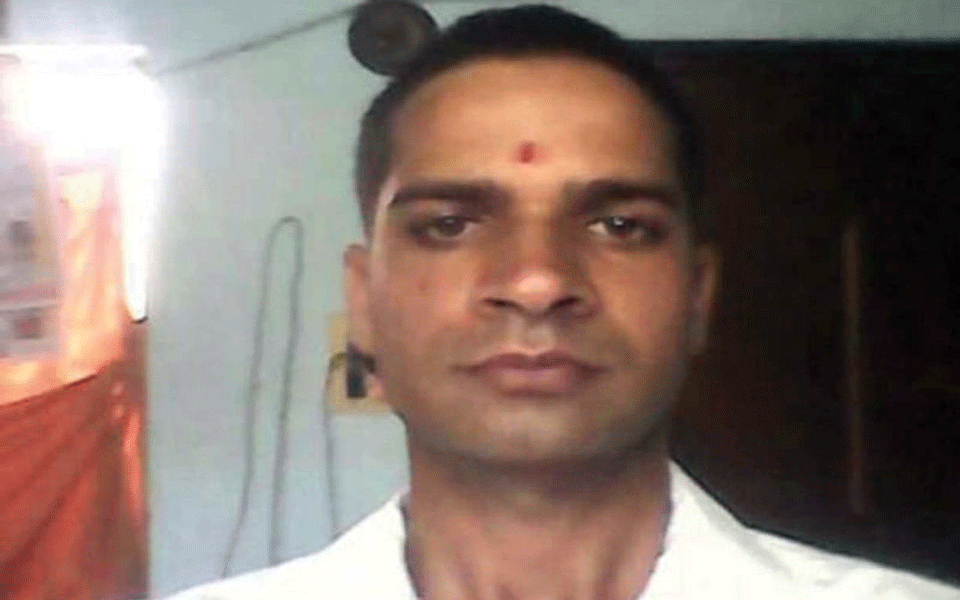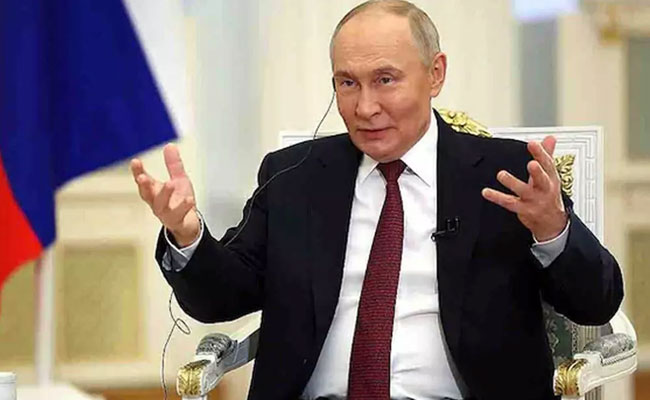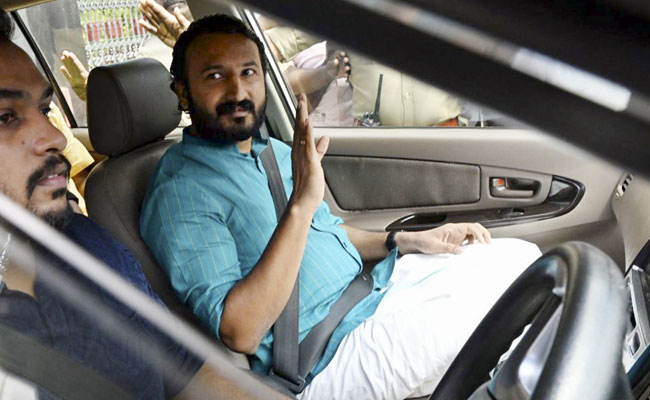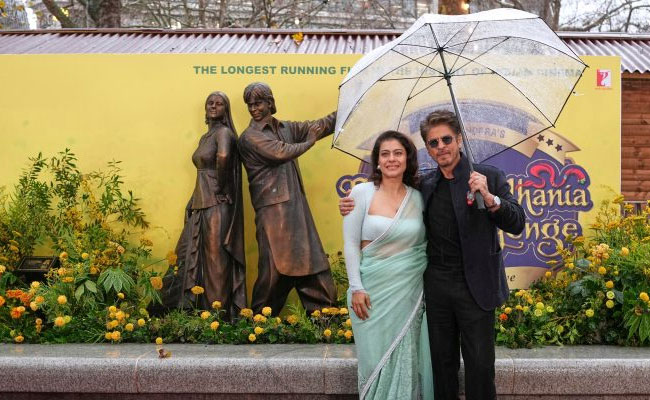Bengaluru: Two layers of security — a door frame metal detector at the main entrance and security guards posted on the first floor of the building — failed to detect the knife or stop Tejraj Sharma from entering the chamber of Lokayukta P. Vishwanatha Shetty on Wednesday.
It was only on hearing Mr. Shetty’s cries for help that the gunman outside the office realised something was terribly wrong. By then, Tejraj had stabbed Mr. Shetty multiple times with the knife.
According to a The Hindu report, People working at the Lokayukta office in MS Building are not surprised by the security lapses. The door frame metal detector did not beep to alert the guards about an armed man entering the building. “The detector has been dysfunctional for many months now,” say sources.
Sources also confirmed that contrary to procedures laid down earlier, Tejraj was not frisked before he entered the Lokayukta chamber. He entered the office at 12.45 p.m. and wrote his name in the visitor’s register. He then went to meet Mr. Shetty only at 1.50 p.m. He went unchecked for an hour.
Let the Truth be known. If you read VB and like VB, please be a VB Supporter and Help us deliver the Truth to one and all.
New Delhi (PTI): The India-Russia collaboration is not directed against any country and it is solely aimed at safeguarding the national interests of the two sides, Russian President Vladimir Putin has said against the backdrop of Washington's aggressive approach towards New Delhi and Moscow.
In the context of India's energy ties with Russia, Putin said certain "actors" dislike New Delhi's growing role in international markets in view of its close relations with Moscow and these elements are aiming to constrain India's influence for political reasons by imposing "artificial obstacles".
In an interview to India Today news channel that was released on Thursday evening, the Russian president, referring to Western sanctions against Moscow, said his country's energy cooperation with New Delhi largely "remains unaffected".
Putin landed in New Delhi this evening on a two-day visit to hold summit talks with Prime Minister Narendra Modi.
ALSO READ: PM Modi presents copy of Gita in Russian to Putin
His trip comes at a time India-US relations are going through possibly the worst phase in the last two decades after Washington imposed a whopping 50 per cent tariff on Indian goods, including 25 per cent levies for New Delhi's procurement of Russian crude oil.
"Neither me nor Prime Minister Modi, despite certain external pressure we face, have never approached our collaboration to work against someone," the Russian president said in response to a question on Washington's aggressive approach.
"President Trump has his own agenda, his own goals, whereas we focus on ours -- not against anyone, but rather aimed at safeguarding our respective interests, India's and Russia's interests," he said.
Rejecting Washington's objection to India procuring crude oil from Russia, Putin said if the US has the right to buy Russian fuel, why "shouldn't India have the same privilege".
"As for India's purchase of energy resources from Russia, I would like to note and have already mentioned this once, the US itself still buys nuclear fuel from us for its own nuclear power plants," Putin said.
The Russian president also responded to a question on India lowering procurement of crude oil from Russia in view of Western sanctions on Moscow.
ALSO READ: Russian president Putin arrives in Delhi on 2-day visit
"Well, there is a certain decline in overall trade turnover during the first nine months of this year. This is just a minor adjustment. Overall, our trade turnover stands almost at the same level as before," he said.
"I can't give you exact monthly figures right now, but trade in petroleum products and crude oil, as well as the production of petroleum products for consumers of oil, Russian oil, is running smoothly in India," he said.
Putin also said that India cannot be treated the way it was several decades back.
"Prime Minister Modi is not someone who succumbs to pressure easily. The Indian people can certainly take pride in their leader. This is absolutely obvious," he said.
"His stance is unwavering and straightforward, without being confrontational. Our goal is not to provoke conflict; rather, we aim to protect our lawful rights. India does the same," he said.
On the Ukraine conflict, Putin said he believed the US is actively seeking a solution to this problem. "I am absolutely certain, with no doubt at all, he (Trump) sincerely aims for a peaceful resolution."
Putin said Trump genuinely wants to end the hostilities and prevent further loss of lives. "But there could also be political interests tied to ending the confrontation between Russia and Ukraine, or economic motives too."
On bilateral trade, Putin said over 90 per cent of "our transactions are already conducted in national currencies".
"While some complications arise due to the presence of numerous intermediaries, there are also solutions," he said.
The Russian president also complimented PM Modi's leadership.
"Our collaborative endeavours with Prime Minister Modi carry significant weight because they transcend our mutual ties," he said.
"Given its direct relevance to both nations, ensuring stability in key areas of engagement is crucial, as it helps secure the fulfilment of our objectives. Prime Minister Modi sets very challenging tasks for the country --and for himself in the first place, then for the administration, and eventually for the nation," he said.
The Russian president did not give a direct reply to a question on if India was looking at procuring additional batches of S-400 missile systems.
"India stands out as one of our reliable and privileged partners in this area. We are not merely selling something to India and India isn't merely buying something from us in the sphere of defence and security.
"It is a different level, a different quality of relations we have with India, and we value this. We see how India values this relationship too," he said.
Putin said Russia is not simply selling defence technology to India but it is sharing it with the country.
"It is a very rare thing to see in the sphere of military-technical cooperation. It speaks to the level of trust between the two countries and the level of trust between the two peoples.
"We have a broad portfolio indeed, including naval construction, rocket and missile engineering, and aircraft engineering," he added.





